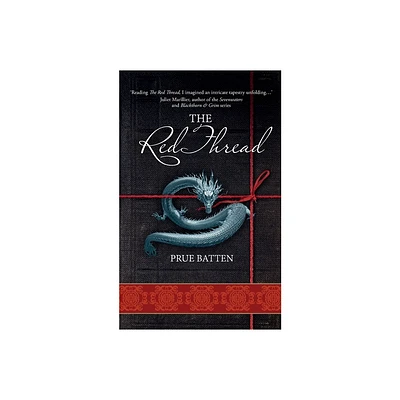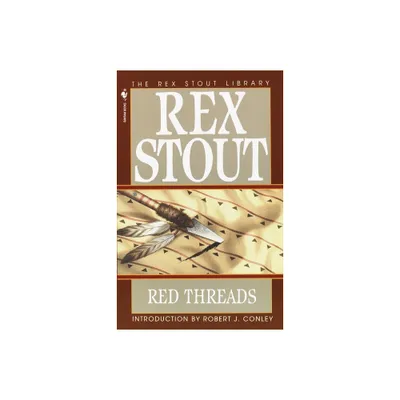Home
Read Thread: The Story of the Red Thread
Loading Inventory...
Barnes and Noble
Read Thread: The Story of the Red Thread
Current price: $28.00


Barnes and Noble
Read Thread: The Story of the Red Thread
Current price: $28.00
Loading Inventory...
Size: OS
*Product Information may vary - to confirm product availability, pricing, and additional information please contact Barnes and Noble
From the 1970s to the present, Cecilia Vicuña's work has both visually and poetically engaged with rituals from Aboriginal Australia, South Africa, Paleolithic Europe, and pre-Columbian America that involve red-colored thread. The Chilean artist's performances, site-specific installations, paintings, and drawings relate to the symbolic function of textile and language as well as the ritual dimension of menstrual blood in the construction of solidarity through femininity and maternity, to support and continue life.
Appearing on the occasion of Vicuña's installation in Athens for documenta 14,
Read Thread
tells the story of the sanguine thread in Vicuña's work. A tension arises in the asymmetry of Andean weaving and the artist's
quipus
large-scale immersive installations of thread, wool, and yarn that reference the pre-Columbian language of knotting, a type of weaving-as-writing. Vicuña's translation of the
quipu
into a spatial and performative poetics conveys the tension of ecological disaster and reparation as well as a bodily sense of the cosmic scale of landscape, history, and time.
Alongside documentation of Vicuña's
, this publication includes hybrid compositionspoetic texts and narrativeswritten by the artist especially for this project, often relating the works to their political and historical context. Essays by documenta 14 curator Dieter Roelstraete and art historian José de Nordenflycht Concha complete the book.
Contributors
José de Nordenflycht Concha, Dieter Roelstraete, Cecilia Vicuña
Appearing on the occasion of Vicuña's installation in Athens for documenta 14,
Read Thread
tells the story of the sanguine thread in Vicuña's work. A tension arises in the asymmetry of Andean weaving and the artist's
quipus
large-scale immersive installations of thread, wool, and yarn that reference the pre-Columbian language of knotting, a type of weaving-as-writing. Vicuña's translation of the
quipu
into a spatial and performative poetics conveys the tension of ecological disaster and reparation as well as a bodily sense of the cosmic scale of landscape, history, and time.
Alongside documentation of Vicuña's
, this publication includes hybrid compositionspoetic texts and narrativeswritten by the artist especially for this project, often relating the works to their political and historical context. Essays by documenta 14 curator Dieter Roelstraete and art historian José de Nordenflycht Concha complete the book.
Contributors
José de Nordenflycht Concha, Dieter Roelstraete, Cecilia Vicuña


















